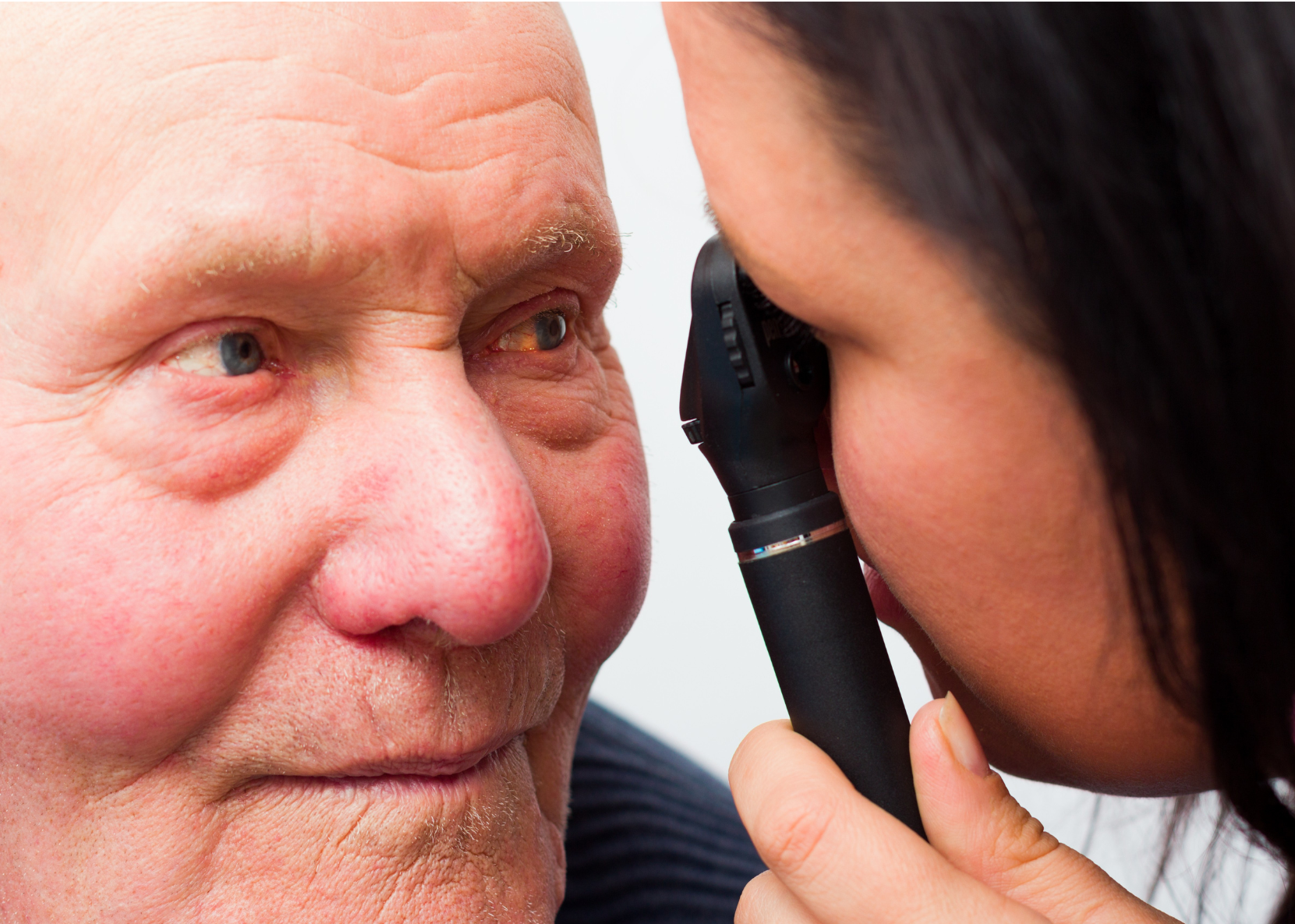Cataracts

What are Cataracts?
Cataracts are a common eye condition that affects the lens of the eye, causing it to become cloudy and opaque. This can lead to blurred vision, decreased visual acuity, and sensitivity to light.
Who’s at risk for Cataracts?
Cataracts are more common in older adults, but they can develop at any age. Other risk factors include diabetes, smoking, prolonged exposure to sunlight, and certain medications, such as corticosteroids.
What causes Cataracts?
Cataracts are caused by changes in the protein structure of the lens of the eye, which can occur as a result of aging, exposure to UV radiation, and certain medical conditions.
How does Cataracts start?
Cataracts often develop gradually and may initially be asymptomatic. Over time, the clouding of the lens can become more severe and interfere with daily activities.
What are the symptoms of Cataracts?
The symptoms of cataracts can vary depending on the severity of the condition. Common symptoms may include:
- Blurred vision
- Decreased visual acuity
- Sensitivity to light
- Difficulty seeing at night
- Seeing halos around lights
- Double vision
- Changes in color perception
How is Cataracts diagnosed?
Cataracts are diagnosed through a comprehensive eye examination, which may include visual acuity tests, dilation of the pupils, and a slit-lamp examination. Other tests, such as a retinal exam or ultrasound, may also be performed to assess the severity of the cataract.
How can Cataracts be treated?
The only effective treatment for cataracts is surgery, which involves removing the cloudy lens and replacing it with an artificial lens. Surgery is typically performed on an outpatient basis and is generally safe and effective.
What complications may occur with Cataracts?
Complications from cataract surgery are rare but can include infection, bleeding, and swelling of the eye. In some cases, vision may not improve following surgery, or the artificial lens may need to be repositioned or replaced.
How can I prevent Cataracts?
Preventing cataracts involves reducing exposure to UV radiation, wearing protective eyewear, maintaining a healthy diet that is rich in antioxidants, and managing any medical conditions that increase the risk of developing cataracts.
Long-term management of Cataracts
Long-term management of cataracts may involve regular monitoring of vision and follow-up with healthcare professionals. If cataract surgery is performed, rehabilitation and physical therapy may be recommended to help restore visual function.
What is recent research saying about Cataracts?
Recent research has focused on identifying new treatments for cataracts, as well as exploring the role of genetics and environmental factors in the development of the condition. There is also ongoing research into the long-term outcomes of different surgical techniques and the effectiveness of artificial lenses.
Where can I go for more information on Cataracts?
The American Academy of Ophthalmology and the National Eye Institute provide up-to-date information on cataracts, including diagnostic criteria, treatment options, and ongoing research.

